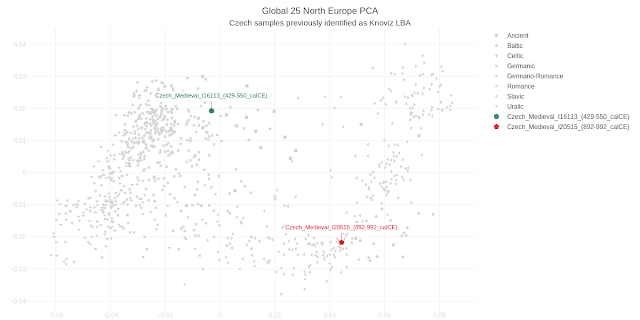RISE596 made a comeback

Montenegro Our samples from Montenegro (Fig. S 33) are mainly from the Late Bronze Age (Velika Gruda) and such individuals possess the three main components of European ancestry of Anatolian Neolithic (~50%), Eastern European hunter-gatherer (~12%), and Balkan hunter-gatherer ancestry (~18%). One later individual of the Iron Age (MNE_IA; I13170) differs by having reduced Neolithic ancestry (-21±7% relative to the rest). Whether this individual represents an outlier of the later population or signifies a real change in population ancestry in the intervening period between the end of the 2 nd millennium and the 1 st millennium BCE remains to be determined. Unfortunately again radiocarbon date is not available: I13170 MNE_IA F 800-400 BCE RISE596-I13170 are duplicates X1'2'3


